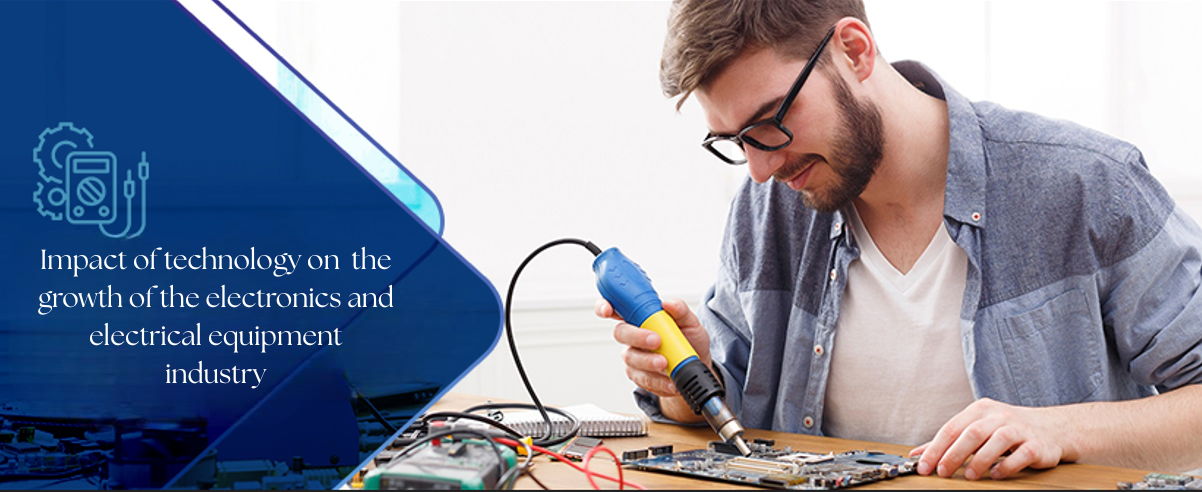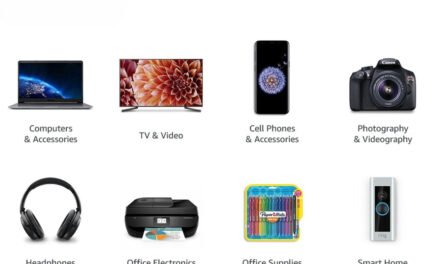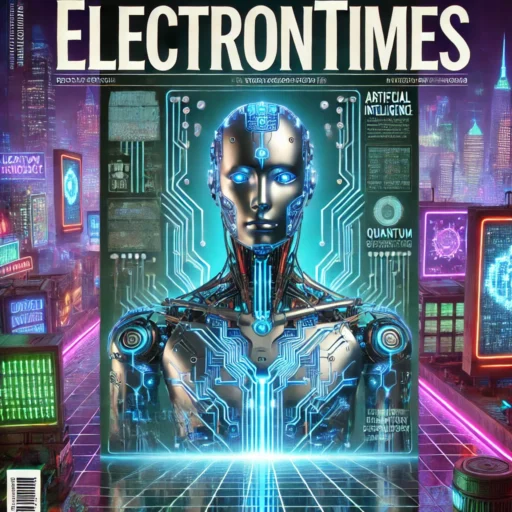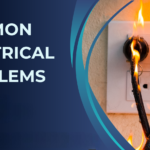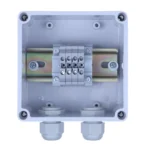Technology has had a profound impact on the growth of the electronics and electrical equipment industry, driving innovation, efficiency, and expansion in several ways:
1. Miniaturization and Improved Performance
- Smaller, More Powerful Devices: Advances in semiconductor technology, such as the development of smaller transistors, have enabled the creation of smaller, faster, and more energy-efficient electronics. This has led to the proliferation of portable electronics like smartphones, tablets, and wearables.
- Enhanced Power Efficiency: Technological advancements in materials, such as the use of graphene and advanced semiconductors, have enabled electrical equipment to become more energy-efficient, reducing power consumption while maintaining performance.
2. Automation and Manufacturing Advancements
- Robotics and AI: The integration of robotics and artificial intelligence (AI) in manufacturing processes has streamlined production, reduced costs, and improved product quality. Automated assembly lines allow for higher precision and faster production times.
- Additive Manufacturing (3D Printing): 3D printing has become an essential tool in the prototyping phase and even in the production of certain electronic components, offering flexibility and reduced waste in manufacturing processes.
3. Connectivity and Smart Devices
- Internet of Things (IoT): The rise of IoT has transformed the electronics industry by enabling everyday devices to communicate and interact. Smart homes, wearables, and connected vehicles rely on advanced electrical equipment, driving demand for both consumer and industrial electronics.
- Wireless Communication: Advances in wireless technologies like 5G and Wi-Fi have facilitated the growth of connected devices and the expansion of cloud computing services, leading to a new era of smart infrastructure, data centers, and personal devices.
4. Sustainability and Green Technology
- Energy-Efficient Equipment: With growing environmental concerns, the industry has increasingly focused on developing energy-efficient solutions, such as LED lighting, renewable energy generation equipment (solar panels, wind turbines), and electric vehicles (EVs).
- Recycling and Sustainability: Advances in recycling technologies and eco-friendly designs have allowed the industry to address the growing need for sustainable practices, reducing electronic waste (e-waste) and improving the lifecycle management of electronic products.
5. Advances in Power Systems and Renewable Energy
- Smart Grids and Electrical Infrastructure: Technological improvements in power grids, such as the development of smart grids, have enhanced the efficiency and reliability of electrical distribution. This includes the integration of renewable energy sources and real-time monitoring of grid health and performance.
- Energy Storage Technologies: Advances in battery technology (e.g., lithium-ion and solid-state batteries) have led to better energy storage solutions for both consumer electronics and renewable energy systems.
6. Customization and Personalization
- Custom Electronics: With advancements in software and hardware design tools, companies can now create custom-built electronics for specific purposes, whether for industrial, automotive, or consumer applications. This has driven growth in sectors like medical devices, wearables, and automotive electronics.
- Modular and Scalable Products: The development of modular electronics, where components can be upgraded or replaced independently, allows consumers and industries to customize their equipment according to specific needs.
7. Globalization and Digitalization
- Supply Chain Optimization: Technology has enabled better management of global supply chains through the use of digital tools such as enterprise resource planning (ERP) systems, blockchain for traceability, and automated logistics. This allows companies to optimize production, reduce costs, and reach global markets more effectively.
- E-Commerce: Online platforms and digital marketing strategies have transformed the way electronics and electrical equipment are sold, allowing manufacturers to access a broader customer base and expand into international markets.
8. Research and Development (R&D) Advancements
- Collaborative Platforms and Simulation Tools: Technological advancements in simulation software and collaborative tools have accelerated R&D processes, allowing for faster design iterations, virtual testing, and reduced time-to-market for new products.
- AI and Machine Learning in Design: AI is increasingly used in the design and optimization of electronic components, enhancing the ability to predict component behavior and improve product reliability.
Conclusion
Technology has been a catalyst for growth in the electronics and electrical equipment industry, driving innovation in product design, manufacturing, energy efficiency, and connectivity. It continues to play a crucial role in shaping the future of this sector, especially with the increasing focus on sustainability, smart technologies, and automation.
Hashtags
#ConnectedDevices #SmartHomes #InnovationNation #FutureTech #DigitalTransformation #GreenTech #SmartCities #IoTRevolution #SmartLiving #EnergyEfficiency #TechSolutions #SmartTechnology #SmartGrid #IoTIndustry #SmartInnovation #SmartFarming #SmartTransportation #IoTSecurity #SmartManufacturing #SmartHealthcare

